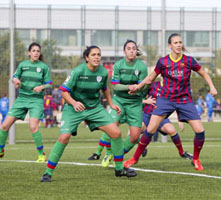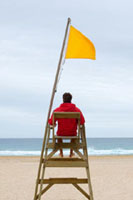An official website of the United States government
 United States Department of Labor
United States Department of Labor
This page provides an overview and basic descriptions of the Occupational Requirements Survey (ORS) physical demand elements. The assessment of these requirements is focused on the physical demands of the job, not the physical capacities of the worker.
Physical demands refer to the level and duration of physical exertion generally required to perform critical tasks in support of critical job functions, for example - sitting, standing, walking, lifting, carrying, reaching, pushing, and pulling. These definitions correspond to the 2018 reference year estimates.
For more information about physical demands and how they are calculated, see the factsheets page and the Handbook of Methods.
Remaining in a seated position.
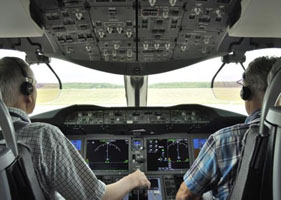

Standing is to remain on one's feet in an upright position without moving about. Walking is to move about on foot.
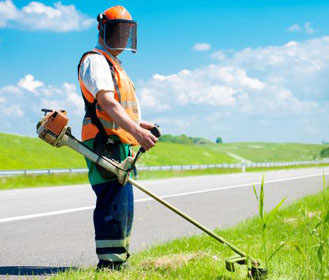
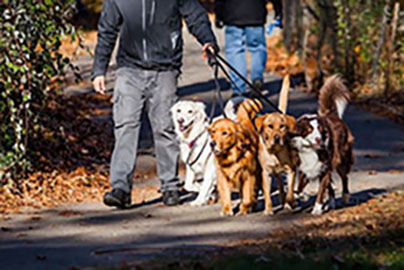
Alternate Sitting or Standing at Will
The ability to alternate between sitting and standing is present when a worker has the flexibility to choose between sitting or standing as needed when this need cannot be accommodated by scheduled breaks and/or lunch period.

Lifting is raising or lowering an object from one level to another. Lifting can include an upward pulling motion. Carrying is to transport an object – usually by holding it in the hands or arms, or wearing it on the body.
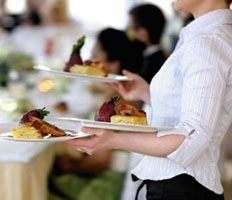

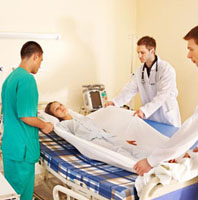
Pushing is exerting force upon an object so that the object moves away from the origin of the force. Pulling is exerting force upon an object so that the object moves toward the origin of the force. Pushing or pulling may involve use of hands or arms and/or feet or legs done with one side of the body or both sides.
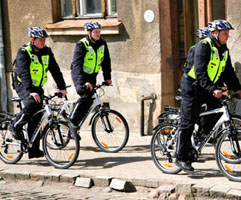
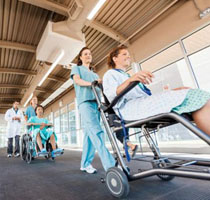

Extending the arm(s) with the hand(s) higher than the head and one of these conditions exist: (1) A person bends the elbows, and the angle at the shoulders is about 90 degrees or more, or (2) A person keeps the elbow extended, and the angle at the shoulder is about 120 degrees or more.
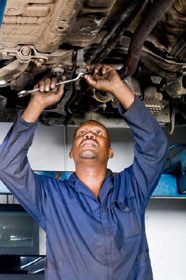

Reaching At or Below Shoulder Level
Reaching at or below the shoulder is present when there is ‘Reaching,’ but it does not meet the threshold for ‘Overhead.’ ‘Overhead’ and ‘At or Below the Shoulder Reaching’ can be present in the same task.

Entering text or data into a computer or other machine by means of a traditional keyboard. Traditional Keyboard refers to a panel of keys used as the primary input device on a computer, typographic machine or 10-Key numeric keypad.

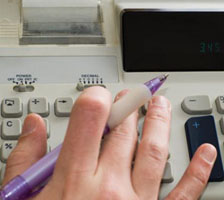

Seizing, holding, grasping, turning, or otherwise working with the hand(s). It is often present when lifting involves the hands. Note: Fingers are involved only to the extent that they are an extension of the hand to hold or operate a tool such as tin snips or scissors.


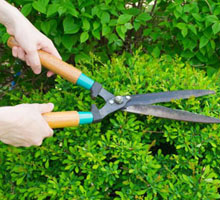
Touching, picking, pinching, or otherwise working primarily with fingers rather than the whole hand or arm as in gross manipulation.
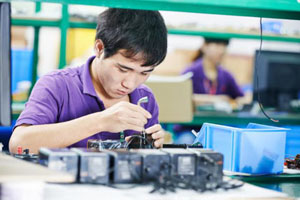

Use of one or both feet or legs to move controls on machinery or equipment. Controls include, but are not limited to, pedals, buttons, levers, and cranks.
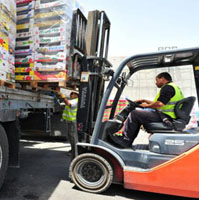
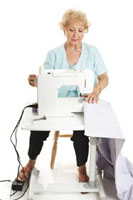
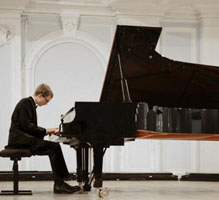
Driving is the operation of a motorized passenger vehicle or other vehicles such as tractor trailers, buses, equipment (e.g. forklifts, golf carts, riding mowers), trains, boats or aircraft.
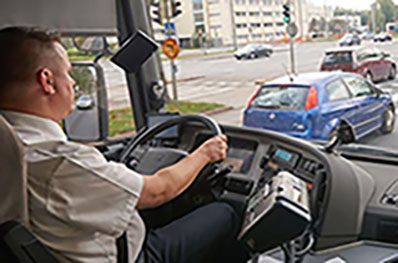
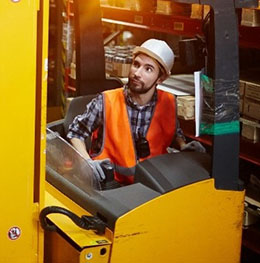
Stooping is bending the body forward and down while bending the spine at the waist 45 degrees or more either over something below waist level or down towards an object on or near the ground.

Bending body downward and forward by bending legs and spine.
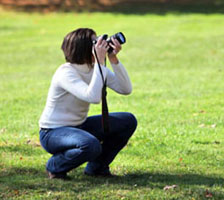
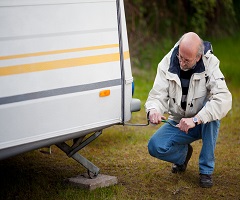
Bending legs at knees to come to rest on knee(s).

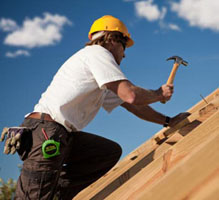
Moving about on hands and knees or hands and feet.
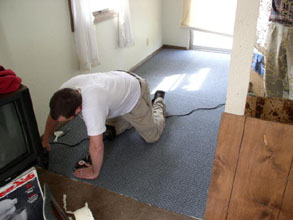
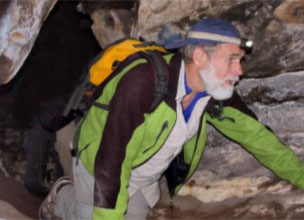
Ascending or descending ramps and/or stairs using feet and legs. Hands and arms may be used for balance (e.g., to hold a railing). Note: Stairs involved in commute or getting into building are excluded if work is always performed in one building. Stairs onto a vehicle or a piece of machinery or equipment are included.
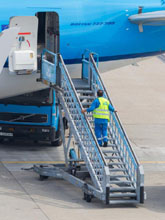
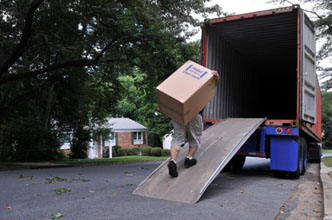
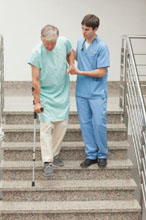
Climbing Ladders or Ropes or Scaffolding
Ascending or descending ladders, scaffolding, ropes, poles and the like requiring the use of both feet or legs and hands or arms.
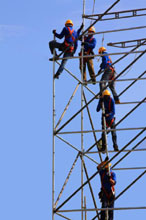
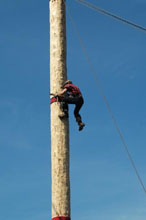
Expressing or exchanging ideas by means of the spoken word to impart oral information to clients or the public and to convey detailed spoken instructions to other workers accurately, loudly, or quickly.

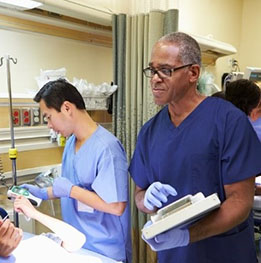

The ability to hear, understand, and distinguish speech and/or other sounds (e.g., machinery alarms, medical codes or alarms). A yes or no answer is captured for each of the four hearing requirements listed:


Clarity of vision at approximately 20 inches or less (i.e., working with small objects or reading small print), including use of computers.
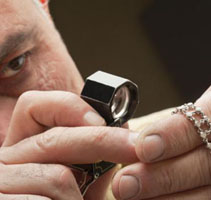
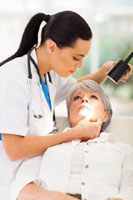

Clarity of vision at 20 feet or more. This is not just the ability to see a person or object, but the ability to recognize features as well.
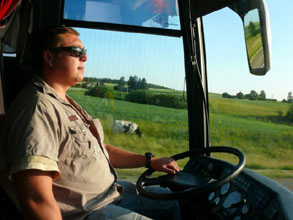
Observing an area that can be seen up and down or to right or left while eyes are fixed on a given point.
